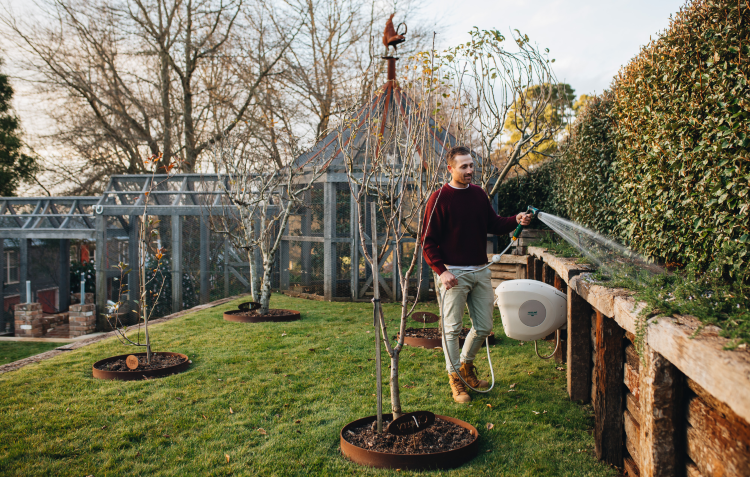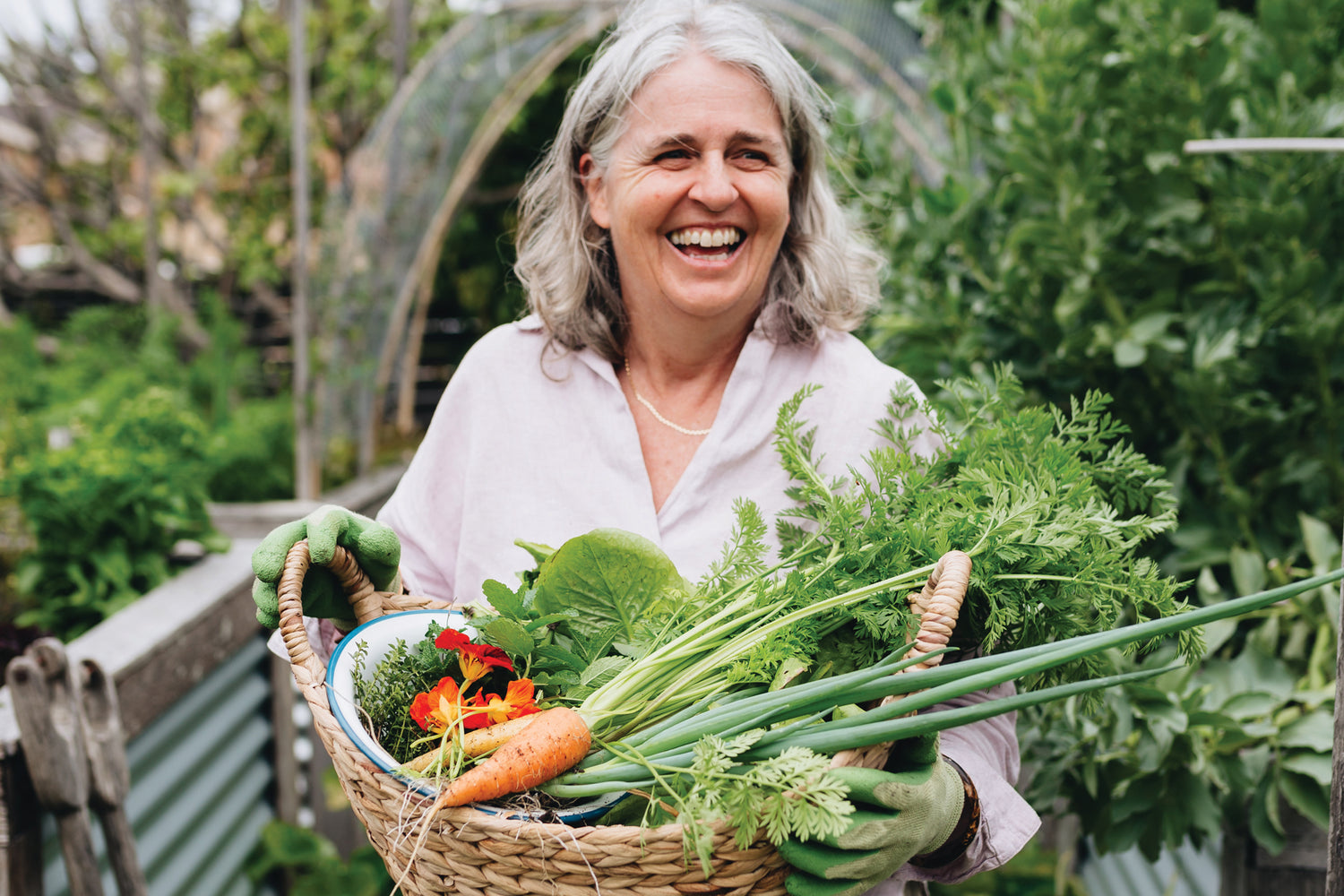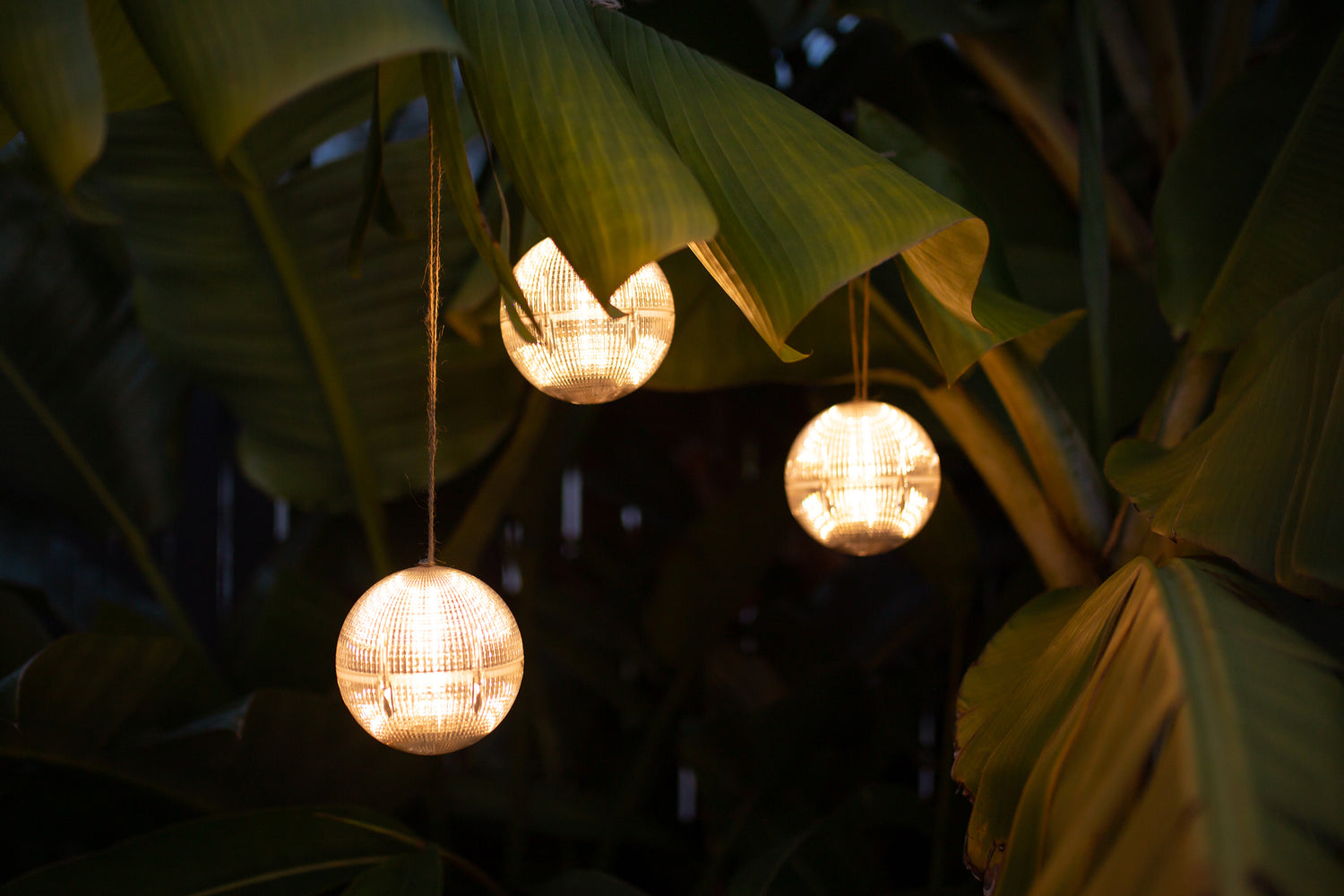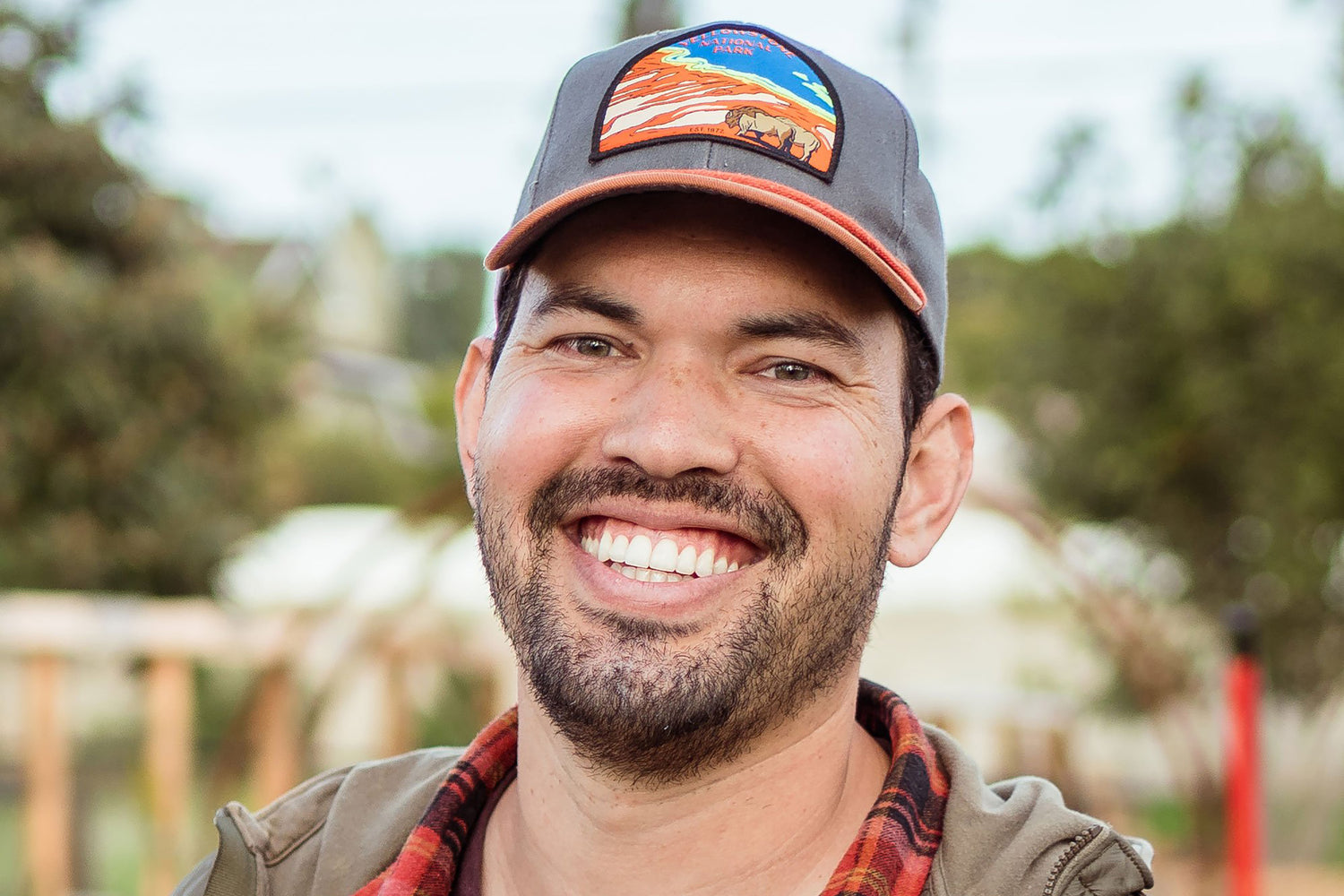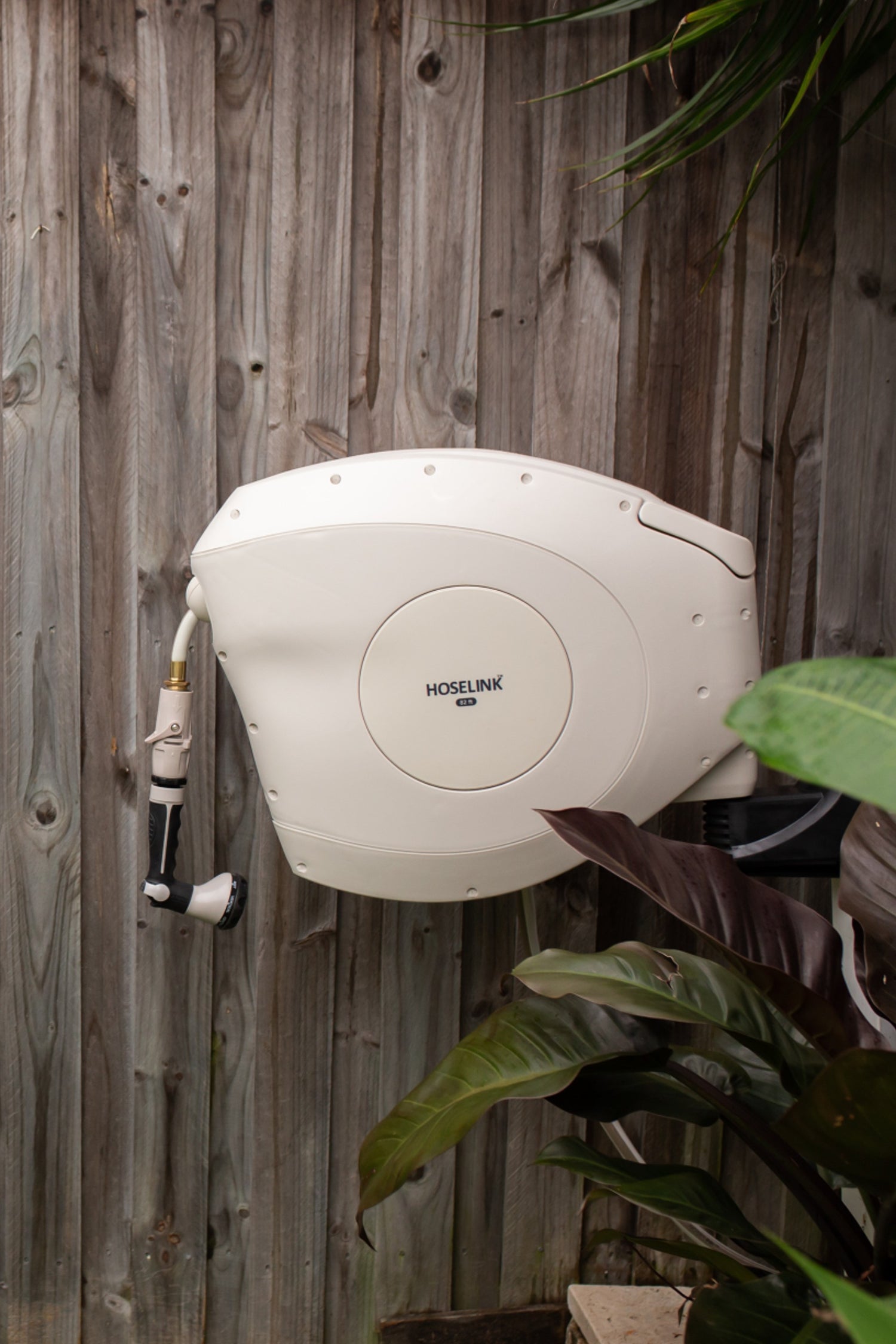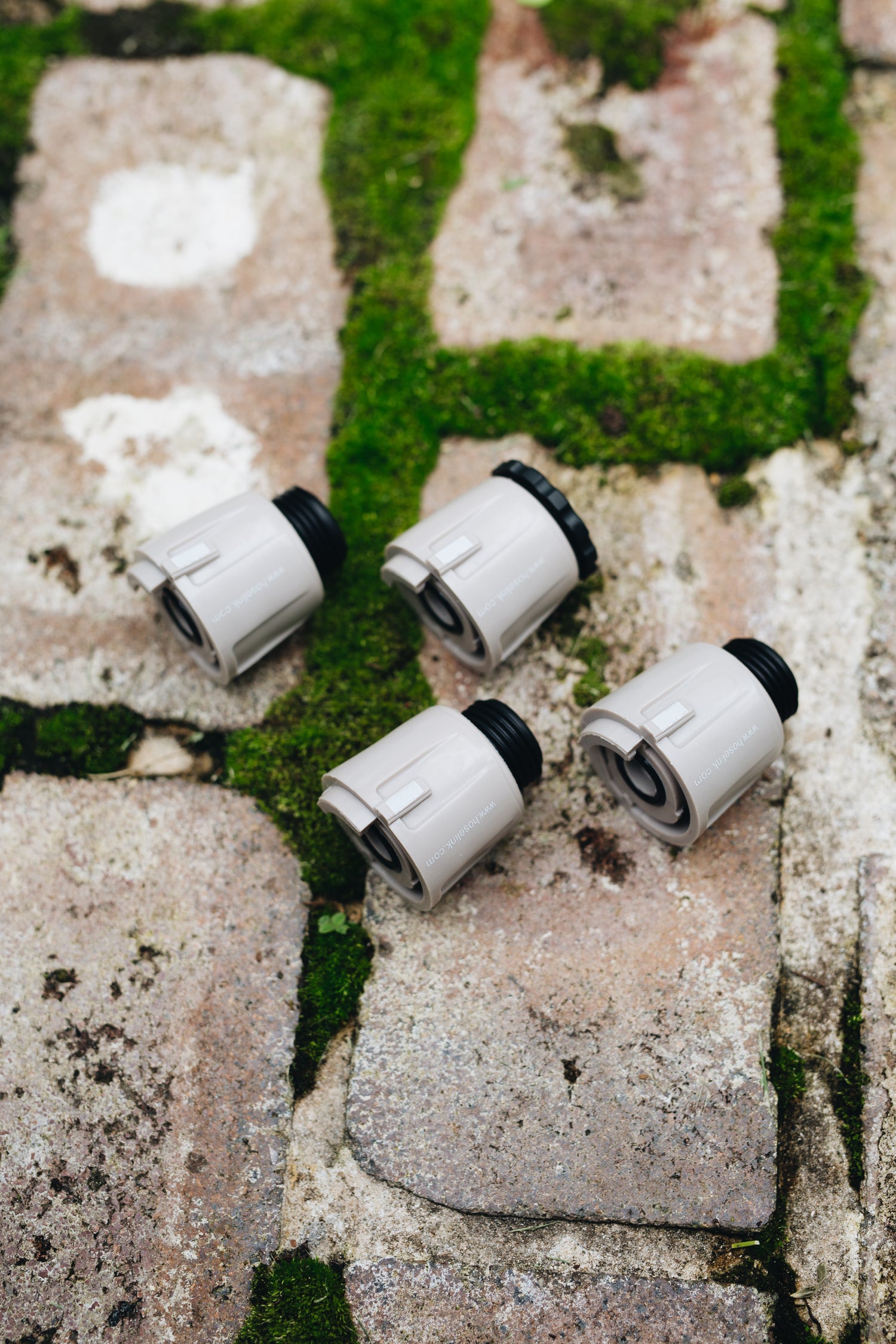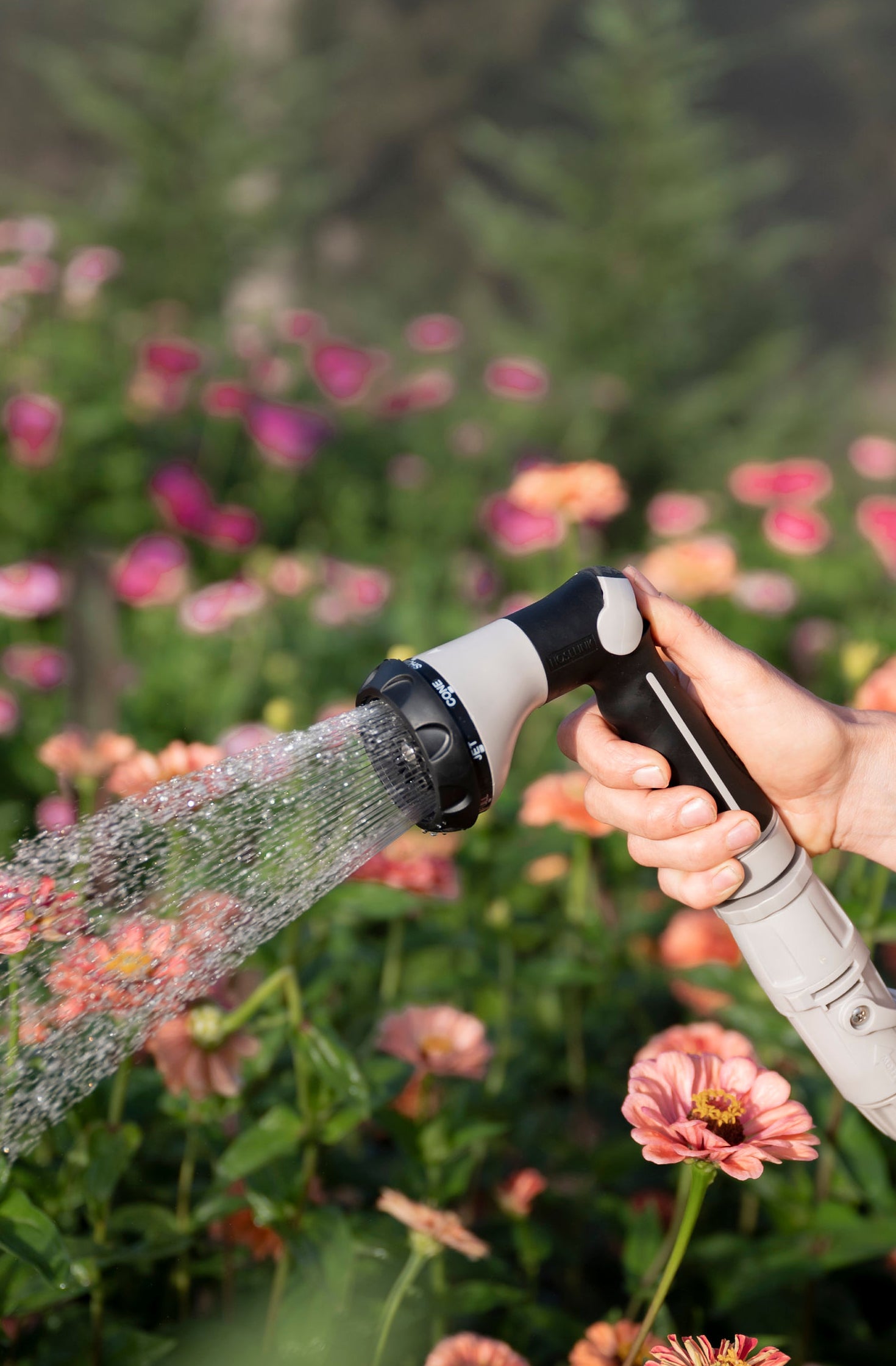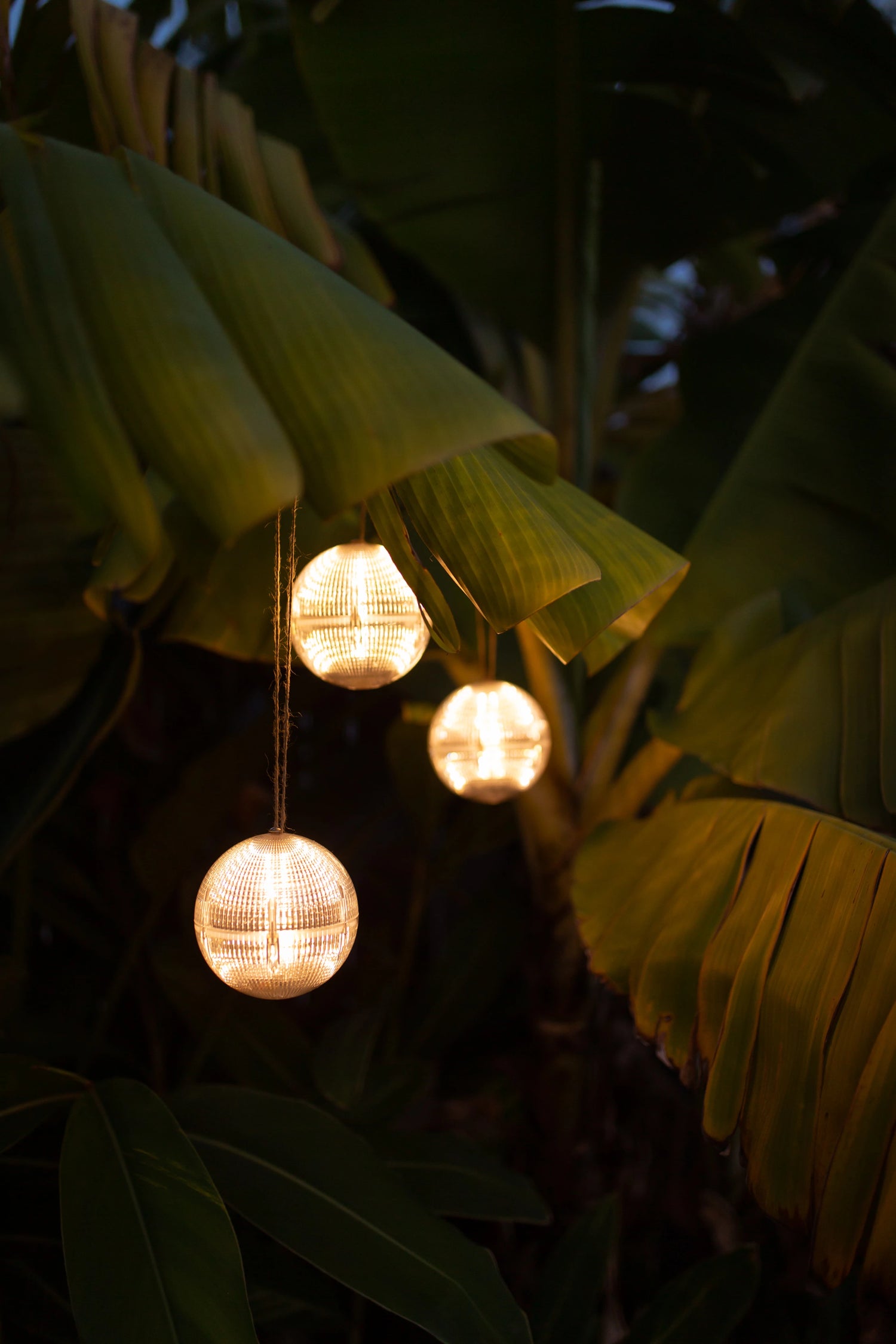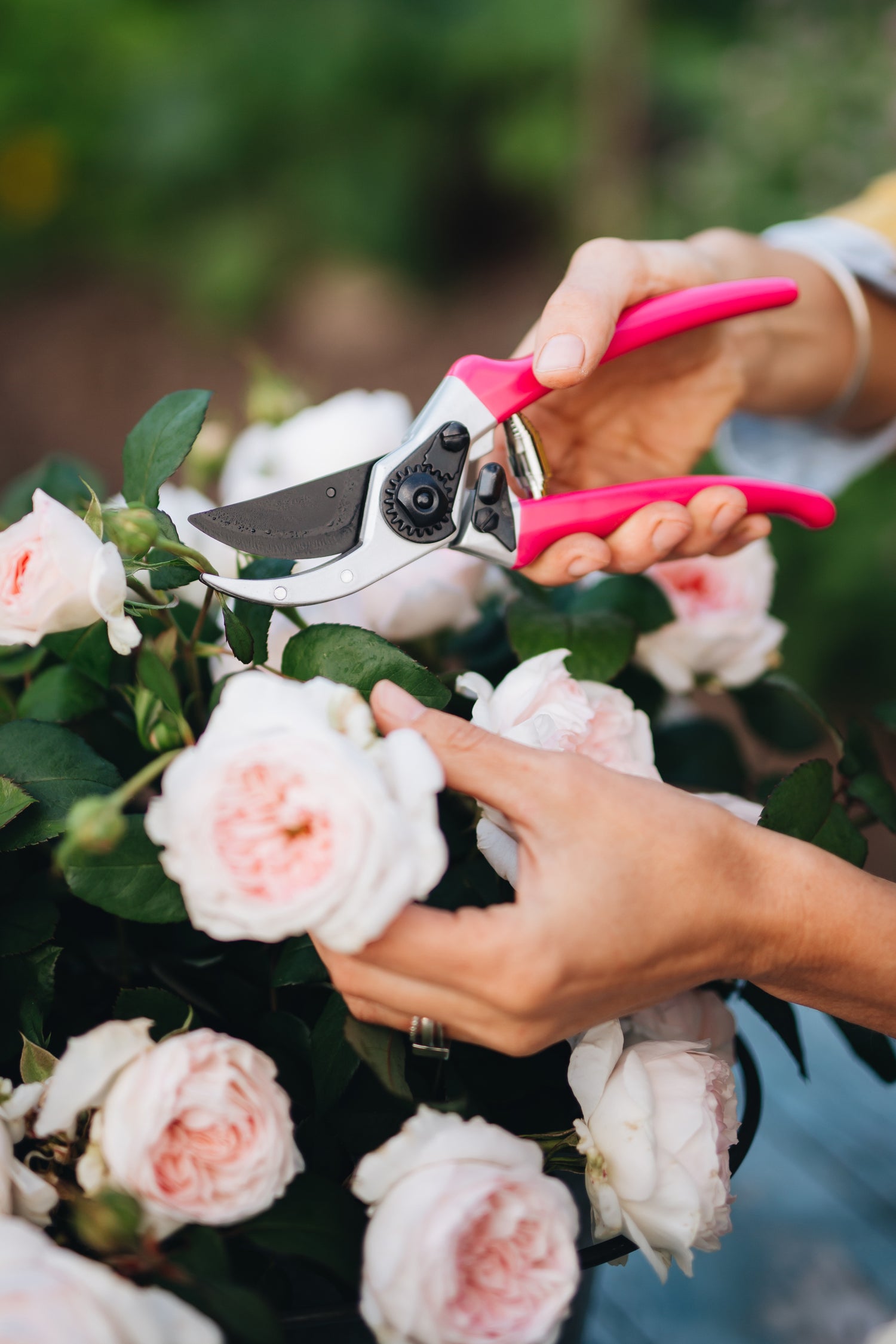After the warm summer months, fall is a reprieve with its cooler temperatures that are much easier on the garden and the gardener! Fall planting can be done right until the first frost hits, so there's plenty of time to sow spring-blooming bulbs, trees, shrubs, edibles, and perennials. Here are some of our top picks to plant this fall.
Radishes
Radishes are a must-have veggie in your fall garden! They are root vegetables that can be pickled, roasted, used in salads and sandwiches, or eaten raw. Radishes are best grown in USDA hardiness zones 6 through 11. Radishes love the sun, so be sure to find them a sunny spot to sit in the garden. When planting, make sure your soil has plenty of organic matter, as well as a consistent supply of even moisture; this is best done with an irrigation or misting system. If you're struggling with dried-out soil, try some mulch to help it retain moisture. You'll be reaping the rewards in no time!
Pansies
Pansies are a unique type of flower that looks like they have a face on them! If you're a little impatient and want to see your pansies straight away, you may want to buy an already established plant from your local nursery; this will have you seeing results much sooner. But, if you'd prefer to do things from scratch, here's how: you will need some rich, well-drained soil and either full or part sun. Water regularly and watch them flourish!

Tulips
Tulips are some of the most beautiful flowers you can plant in the fall. They come in many different color varieties to suit your garden. Be warned; squirrels love tulips, so be sure to take extra caution when conducting pest control. It's best to wait until mid-fall to plant your tulip bulbs. Once you're ready, plant them in well-drained soil, as too much moisture makes tulips prone to rotting. Plant the tulip bulb three times as deep as the bulb is tall, ensuring you give it a couple of inches of space from its neighbors. Keep the pointy part of the bulb facing up and water once a week; soon, you will see tulips emerge.

Grass
Time to get that lawn looking 10/10! For many of us, lawns are our pride and joy, so fall is the perfect time to get it looking as fresh, neat, and trimmed as possible for maximum enjoyment come spring. Start by feeding your existing lawn with your favorite lawn fertilizer. This is the perfect time to kill off any weeds that may be hiding in the lawn. Then, six to eight weeks later, follow up with a second feed of fertilizer; this will re-establish the proper nutrients and minerals your lawn needs to look its best both above and below ground. Spruce up your lawn by offering it some TLC. Rake any leaves that may have dropped and repair any patches that may have become bare; this will make a huge difference in your lawn's look and feel. Lastly, give the grass a mow to make the blades shorter. This will save you time and energy later on, and it's one less thing to worry about!
If you're looking to plant new grass this fall, here are some quick tips. Start by loosening the top two to three inches of soil, ensuring the soil texture is not too thick but also not too fine. Ensure there is no uneven ground where water might pool and cause dehydration issues. Finally, spread the grass seed evenly across the ground and cover it with soil to protect it. Water once a day on a mist or light setting, ensuring the roots of the grass seed are kept moist.

Trees
Are you dreaming of some colorful foliage in your garden? Now is the perfect time to plant trees and make that dream a reality! Are you worried about your hardiness zone? Don't be! There are several tree varieties that can suit all zones, so no matter where you live, there is a tree for you. Keep in mind that most tree varieties require full sun and well-drained soil, and with the proper care, they will flourish well in your home garden. Do you know the benefits of planting trees? According to Planet Ark, trees are vital in humans' life on Earth. They supply us with oxygen and conduct photosynthesis. Furthermore, they are essential for several species of insects and animals. Did you know that trees can also increase the value of your home? Many people love having a tree in their backyard, not only for the playground it can provide for kids but also for their aesthetic value.
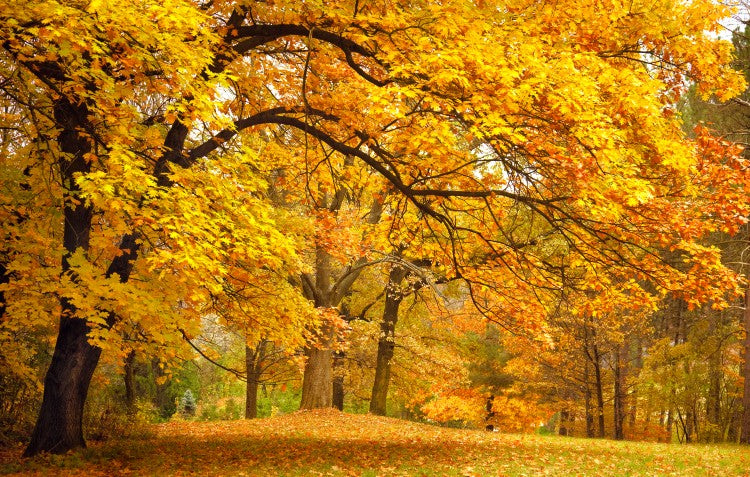
Alliums
Allium varieties are an incredibly popular pick for fall gardening. There are several different types, all of which belong to the same family and typically share a similarity in their purple and green hues. One of the best parts about alliums is that they are resistant to deer and rabbits, meaning they are low maintenance for pest control. Plant alliums 4-6 inches deep within a sunny or partly shaded area. Be mindful of different alliums growing to different heights, so leave plenty of room, and they will be an awesome addition to your fall garden.

Shasta daisies
Shasta daisies are a classic flower, very recognizable and well-loved in many gardens. They love moist, well-drained soil with a little bit of organic matter. To start planting, space them at least one to two feet apart and dig a hole twice as deep as the width of the pot or container you are growing them in. Then, water thoroughly after planting. Once established, Shasta daisies are very drought tolerant and will rarely require water, so go and put your feet up and enjoy these beautiful fall flowers!

Lettuce
Lettuce is a staple in many kitchens. It is incredibly versatile when it comes to meals, and, more importantly, if you grow it yourself, you might even be able to get the kids to eat it! Lucky for you, lettuce is the perfect vegetable to grow in the fall. It's also quick to grow; usually, lettuce is ready to harvest in just 30 days! Space is key to growing lettuce, with most varieties needing to be planted roughly 2-3 inches apart. Start by sowing your lettuce seeds no more than one quarter deep in the soil. Then, keep them well hydrated and fed with fertilizer to ensure the best results. Fertilizer can be found in organic ways, such as through mulch, but occasionally a liquid fertilizer may be required. Ensure you harvest your lettuce as soon as it's ready using your Hoselink Secateurs; this will ensure your garden doesn't become overwhelmed by the rapid growth.

Beans
Another meal favorite and fall garden must-have; beans! For best results and an abundance of beans to harvest, add some manure to your soil mix, making it rich with organic matter. You will need approximately half an inch. Beans enjoy moist soil, so dampen with some water and soil wetter before sowing. Plant your bean seeds approximately two inches deep, with two seeds per hole, and continue to sow every three to four weeks until midsummer. As mentioned with the soil preparation, beans love a good soaking, so be sure to keep this up when they are growing using your Hoselink Retractable Garden Hose Reel.

Daylilies
Looking to add some beauty to your fall garden? Daylilies are an excellent choice! Daylilies thrive in moist, well-drained soil with some compost mixed in. Daylilies love at least six hours of full sun per day and don't mind some afternoon shade. Plant your seeds about one inch below the soil and 12-18 inches apart. Keep them well watered in the first year, and you will be set with an abundance of daylilies in your garden.


